Leuchtende Aquarellfarben – Das Geheimnis ist das Licht!

Viele Menschen glauben, sie gehen in ein Geschäft und kaufen dort eine leuchtende Aquarellfarbe. Zuhause ist die Ernüchterung dann allerdings groß, denn auch gute Aquarellfarben leuchten nicht von alleine.
Die meisten Aquarellfarben brauchen ein Leuchtkraftunterstützer.
Leuchtende Aquarellfarben malt man nicht einfach mit dem Pinsel, sondern man muss sie durch ein raffiniertes Spiel von Licht und Schatten herstellen.
Der entscheidende Faktor, wie man leuchtende Aquarelle erzeugt, ist der Einsatz von dunklen Aquarellfarben und weißem Papier.
Leuchtende Aquarellfarben gewusst wie!
Die meisten Menschen malen ihre Bilder zu 80-90 % in mittleren Farbtönen.
Leuchtende Aquarellfarbe erzeugt man nicht mit mittleren Tonwerten (Helligkeit).
Genau dies knipst der Aquarellfarbe aus, sie verliert ihr Licht. Leuchtende Aquarellfarben aber kann man auf diese Methode nicht erzeugen, denn das Auge ist ein Werkzeug, das über Vergleich arbeitet.
Damit es begreift: Oh! Das hier sind leuchtende Aquarellfarben, muss es sehen, dass andere Farben andere Qualitäten haben.
Sprich, es muss stumpfe Farben geben, aber auch dunkle oder pures Weiss. Erst so begreift das Auge, „hey“ diese Farben hier sind besonders schön!
Es gibt beim Malen einige Tricks, wie man leuchtende Aquarellfarben optisch erzeugt!
Leuchtende Aquarellfarben durch Dunkelheit:
Die meisten leuchtenden Aquarellfarben sind auf dem Blatt nicht besonders beeindruckend, auch wenn man sie großflächig und mit einer hohen Pigmentierung aufgetragen hat.
Das liegt daran, das dem Auge der Vergleichsmaßstab fehlt, erst wenn man ihnen einen verlässlichen Partner zur Seite stellt, begreift unser Auge als Seeinstrument:
Hui!!! Das ist aber ganz schön strahlend!
Der erste Trick ist also, im Bild irgendwo im Bild großflächig dunkle Farben aufzutragen.
In meinem Bild siehst du, dass sich großflächig Dunkelblau aufgetragen habe.

Dafür verwenden die meisten Maler auf keinen Fall Schwarz. Denn dann würde dein Bild sofort relativ traurig aussehen.
Wer leuchtende Aquarellfarben möchte, sollte seine Farben auf keinen Fall vergrauen!
Denn dann ist es aus mit den leuchtenden Aquarellfarben.
Jetzt wirst du vielleicht sagen: “ Hey! Ich sehe doch, dass die Tine Schwarz im Bild benutzt hat!“
Das, was du siehst, wirkt schwarz, ist es aber nicht!
Das Schwarz, was du siehst, ist ein Gemisch aus dem Orange des Sofas plus einem sehr, sehr dunklen, aber transparenten Indigo.
Schau mal der Blumentopf und Schrank links, dort sieht man das vermeintliche Schwarz ist Rostbraun und unter dem Sofa ist es Indigo.
Die Folge ist, dass die Leuchtkraft meine Aquarellfarben zweifach gestützt wird.
Leuchtende Aquarelle entstehen dadurch, dass man sie durch Dunkelheit und den Effekt der Komplementärfarbe stützt.
Leuchtende Aquarellfarben durch alternierende Lichtmuster!
Wie bitte was!!?? Alternierende Lichtmuster? Was ist das denn?
Toll oder? Man kann ganz einfache Dinge hoch kompliziert ausdrücken. Das habe ich beim studieren gelernt, das nennt man Bull Shit Bingo.
Das benutzt man immer, wenn man sich wichtig machen will und damit verschleiert das etwas ganz einfach ist.
Wenn man leuchtende Aquarell erzeugen möchte, dann ist es sehr sinnvoll, sie nicht nur durch großflächige Dunkelheit zu stützen. Denn dies hat deutliche Nachteile, Bilder können dadurch sehr düster und traurig aussehen.
Der Trick mit der Dunkelheit funktioniert auch im kleinen Maßstab.
Alternierend heißt nichts anderes als abwechselnd. Man malt also immer abwechselnd leuchtende Aquarellfarben und dazwischen Grautöne und Dunkelheit.
So entsteht ein Lichtmuster: Hell – Dunkel- Hell -Dunkel usw. und sofort.
Der Trick ist, dass man beim Malen ständig kleine dunkle Punkte eingestreut und so erzeugt man leuchtende Aquarellfarben.
Das siehst du entlang des Sofas.

Das Sofa leuchted, weil mein Mann und die Tischplatte hell sind, aber gleichzeitig Dunkelheit eingestreut wird. Dunkle Lampe, helles Sofa , dunkle Hose, helle Tischplatte und dunkle Katze…..
Und das ist der gesamte Trick.
Raffinierte Maler streuen in ihre Bilder ständig helle und dunkle Punkte ein.
Das Auge hat nun den vollen Vergleichsmaßstab! Zwischen ganz hell und ganz dunkel.
Nun ordnet das Auge das Aquarell vollkommen richtig ein, die Farbe beginnt zu strahlen.
Ich hoffe dieser Blog dir viel Freude bereitet
Ich wünsche dir viel Spaß beim Ausprobieren.
Liebe Grüße Tine
Kultur braucht Budget, wir brauchen Dich!
 Doch als es plötzlich dunkel wurde und der weiße Zauber vom Himmel fiel, da bekam ich ein bisschen Schiss und wartete auf den Räumwagen.
Doch als es plötzlich dunkel wurde und der weiße Zauber vom Himmel fiel, da bekam ich ein bisschen Schiss und wartete auf den Räumwagen.



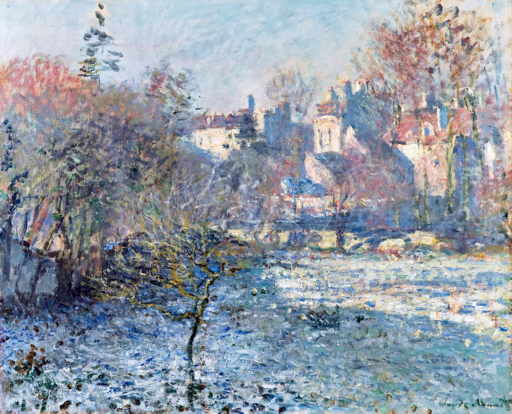
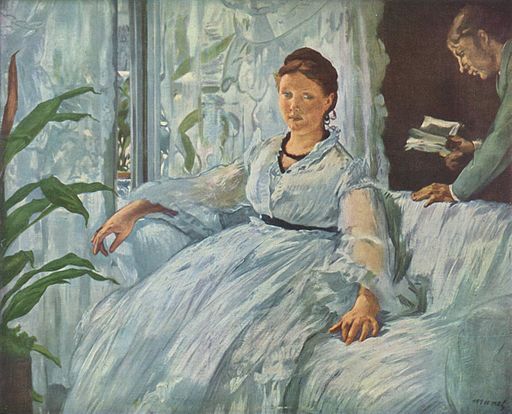























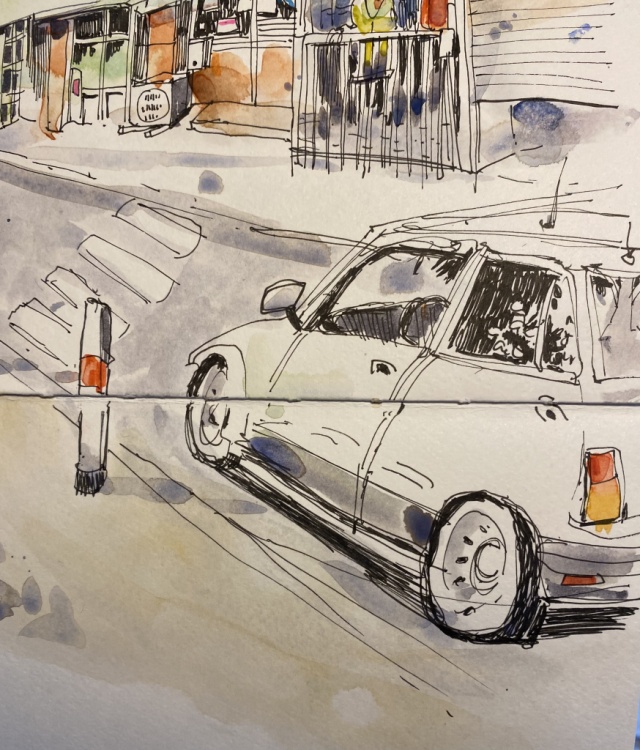
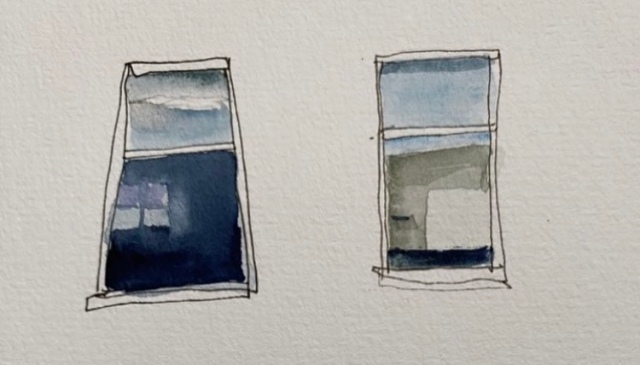
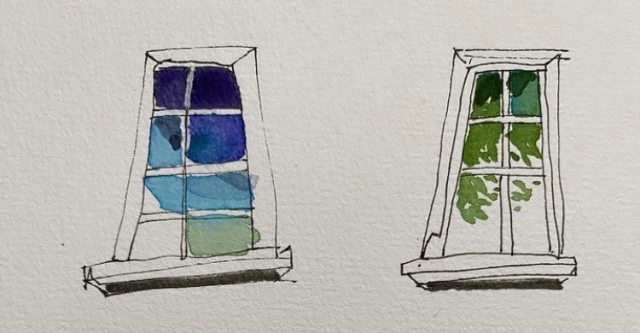
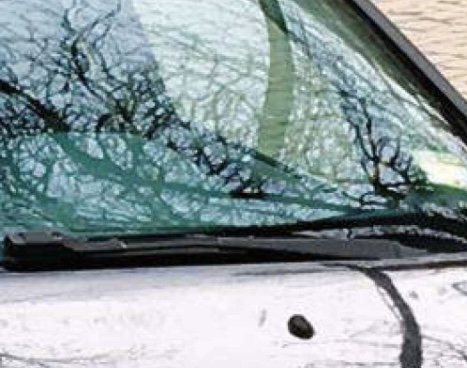










 In diesem Bild sind die Schattenflächen rot, lila oder braun. Nimm dir die Freiheiten, um aufregende Bilder mit Schattenflächen zu gestalten.
In diesem Bild sind die Schattenflächen rot, lila oder braun. Nimm dir die Freiheiten, um aufregende Bilder mit Schattenflächen zu gestalten.